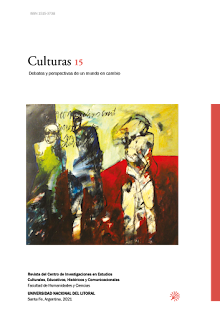 |
| Sustainability Volume 12 Issue 1 10.3390/su12010159 |
Keywords: leader-member exchange (LMX); organizational citizenship behaviors (OCB); innovative work behaviors; employability; perceived organizational politics; small and medium-sized enterprises (SMEs); mixed methods sequential explanatory study; multi-source data.
Abstract: In this mixed methods study, a moderated mediation model predicting effects of leader-member exchange (LMX) and organizational citizenship behaviors (OCB) on innovative work behaviors, with employability as a mediator, has been tested. Multi-source data from 487 pairs of employees and supervisors working in 151 small and medium-sized enterprises (SMEs) supported our hypothesized model. The results of structural equation modelling provide support for our model. In particular, the benefits of close relationships and high-quality exchanges between employee and supervisor (LMX), and fostering individual development as a result of employees’ OCB have an indirect effect on innovative work behaviors through positive effects on workers’ employability. Innovative work behaviors depend on employees’ knowledge, skills, and expertise. In other words, enhancing workers’ employability nurtures innovative work behaviors. In addition, we found a moderation effect of organizational politics on the relationship between employability and innovative work behaviors. Secondly, qualitative methods focusing on experiences of the antecedents and outcomes of employability were used to complement our quantitative results. All in all, this study has important consequences for managerial strategies and practices in SMEs and call for an awareness of the dysfunctional effect of perceived organizational politics.
Idioma: Inglés.
Publicación: 24 de diciembre del 2019.
Volumen: Sustainability Volume 12 Issue 1.





.png)




.webp)














